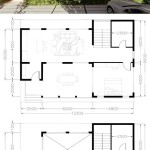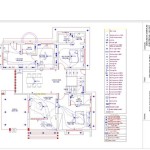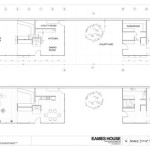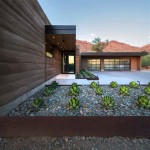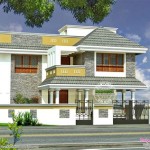Essential Aspects of Passive Solar House Plans With Attached Greenhouse In Ny
In the beautiful state of New York, where nature's wonders abound, the concept of passive solar house plans with attached greenhouses has gained immense popularity. These eco-friendly and energy-efficient homes harness the power of the sun to create comfortable and sustainable living spaces, while also providing a year-round oasis for plant cultivation. Here are some essential aspects to consider when designing and building a passive solar house with an attached greenhouse in New York:
1. Site Orientation and Window Placement: The key to maximizing passive solar gain lies in proper site orientation. In New York, homes with south-facing or southwest-facing facades will receive the most sunlight throughout the year. Place large windows along these orientations to allow ample natural light to penetrate the living spaces and greenhouse.
2. Thermal Mass: To store and release heat efficiently, passive solar houses rely on thermal mass materials such as concrete, brick, or stone. Incorporate these materials into your home's design, especially in floors, walls, and thermal storage panels.
3. Insulation and Airtightness: To minimize heat loss, ensure your home is adequately insulated and airtight. Use high-performance insulation materials throughout the walls, roof, and foundation, and seal any potential air leaks to prevent drafts.
4. Attached Greenhouse Design: The attached greenhouse is an integral part of a passive solar house. It serves as a buffer zone, trapping heat and providing additional insulation. Orient the greenhouse facing south or southwest, and use double- or triple-glazed windows for maximum heat retention.
5. Ventilation and Shading: To regulate temperature and airflow, incorporate operable windows and vents into both the house and the greenhouse. Use overhangs, awnings, or deciduous trees to provide shade during the summer months, while allowing sunlight to penetrate during the winter.
6. Heating and Cooling: While passive solar design significantly reduces heating needs, additional heating sources may be necessary during colder months. Consider installing a radiant floor heating system or a wood stove. For cooling, employ natural ventilation, ceiling fans, or an evaporative cooler.
7. Energy Efficiency: To further reduce energy consumption, incorporate energy-efficient appliances, lighting, and building materials. Consider installing solar panels to generate renewable electricity and offset grid usage.
Incorporating these essential aspects into your passive solar house plan will not only create a comfortable and energy-efficient living space but also provide a haven for plants and a connection to nature all year round. Embrace the beauty and sustainability of passive solar design in your New York home.

5 Greenhouses That Are Actually Homes

A Simple Design Methodology For Passive Solar Houses

Three Farmhouses A Study In Passive Solar Design Tclocal

An Optimally Efficient Off Grid Passive And Active Solar Home Green

Solaripedia Green Architecture Building Projects In

Three Farmhouses A Study In Passive Solar Design Tclocal

Let The Sunshine In Passive Solar Home New York Heats Up Market For 1 2

Passive Solar Greenhouse

Solar Pit House Natural Building Blog

An Optimally Efficient Off Grid Passive And Active Solar Home Green


